7 Top Tips for Picking the Best Washer and Dryer

This article originally appeared on Angi and is syndicated by Cheapism.
If your washer and dryer are suddenly on the fritz, it's easy to fall down the shopping rabbit hole of endless options, price points, and flashy features. The varieties of washers and dryers are pretty extensive: front or top-loading, high-efficiency or standard-efficiency, gas or electric.
Check out these tips to narrow down the right washer and dryer for your budget, cleaning needs, and home design so you can tackle that growing laundry pile.
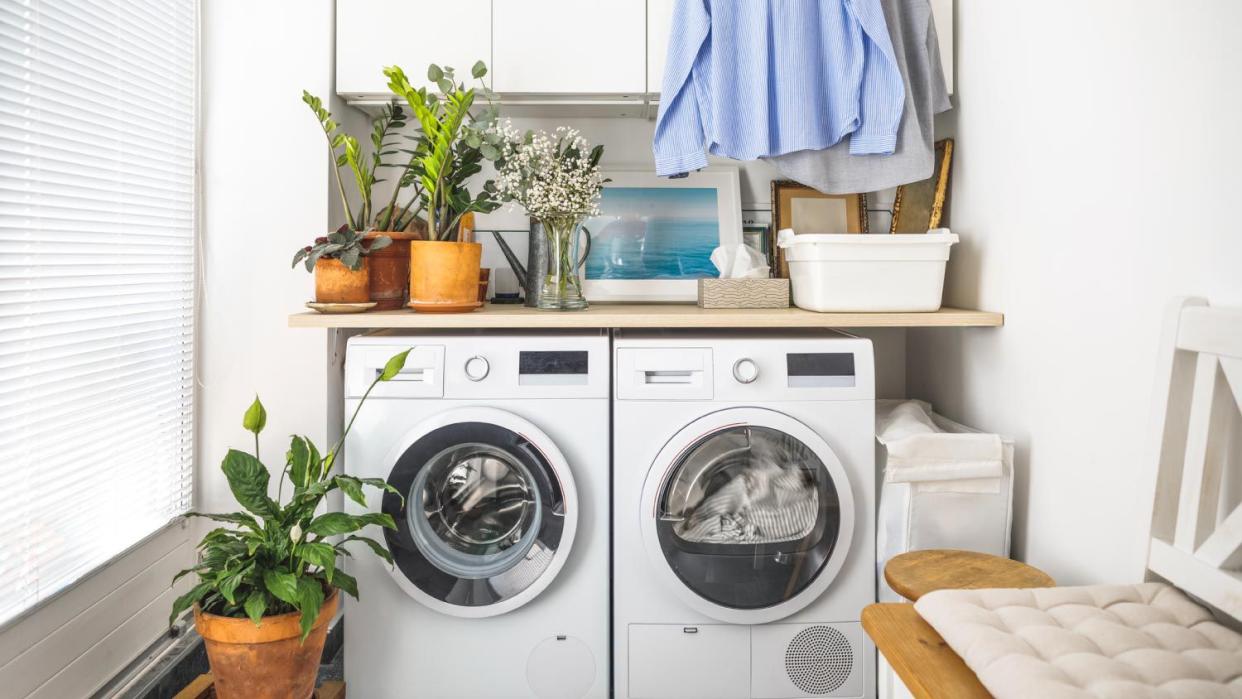
It's typically a good move for most to purchase washers and dryers as a set, but it is not always necessary.
Replacing them at the same time means they'll run at the same capacity, maintain similar efficiency levels, and—most importantly—be the same age. If your old washer recently broke down, but your dryer is still hanging on, it’s only a matter of time before you’ll need to replace that as well. Additionally, when you purchase the two at the same time, you'll likely get a discount compared to buying them separately.
Here's a quick note on washer-dryer combos: While these compact models can save space in small apartments, remember that you won't have the option to replace them separately if half of the system breaks down.
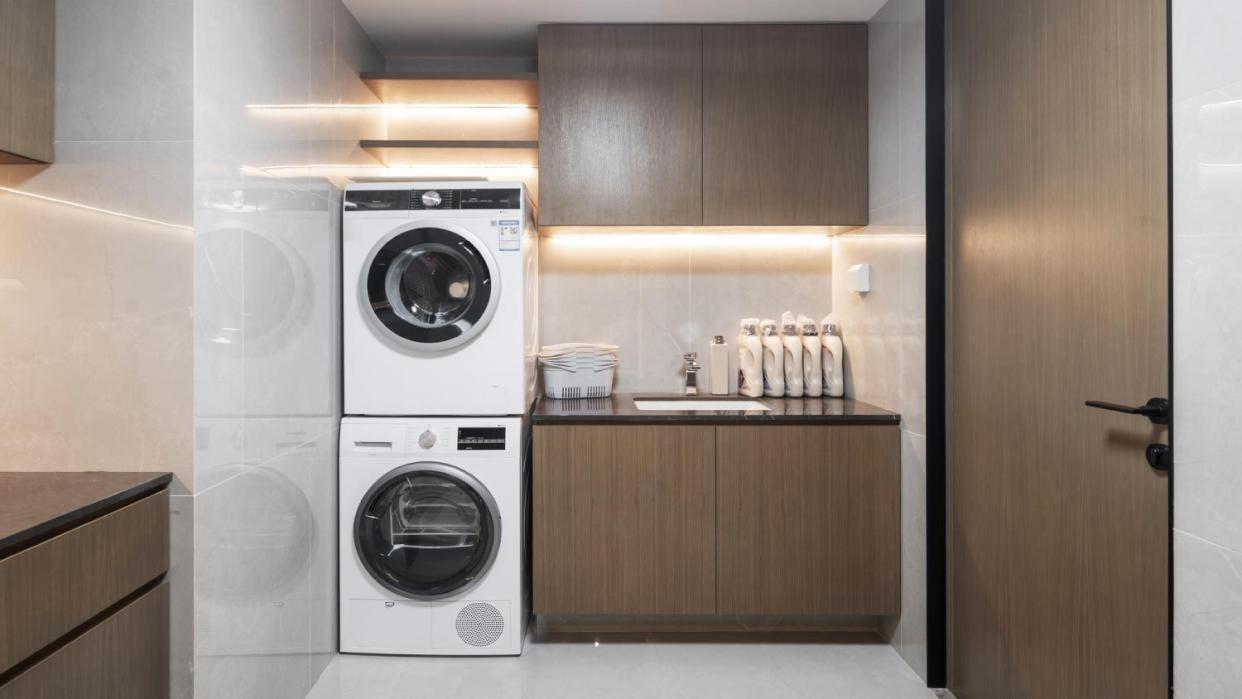
The size of your washer and dryer is one of the most important factors in your decision. Review the measurements of the units and measure the space in your home. Consumer Reports recommends including at least 6 inches behind both your washer and dryer for the water and venting hookups.
You should also plan for at least 2 to 3 inches between your machines themselves, unless, of course, you choose a stacking pair.
Capacity Numbers
A washer and dryer's capacity indicates if you can toss that large comforter or a pile of towels in the machine without risking damage or an incomplete cleaning. Washers range from 2.5 all the way up to 6.2 cubic feet of capacity, while dryers go from 3.4 to 9.2. The smaller ends of this range refers to compact washers and dryers, while the higher numbers are best for bigger loads of clothing.
If you have a large family that has a constant cycle of laundry, opt for the larger capacity to avoid overloading the machine and straining it over time. Small machines also use more energy to get your clothing dry.
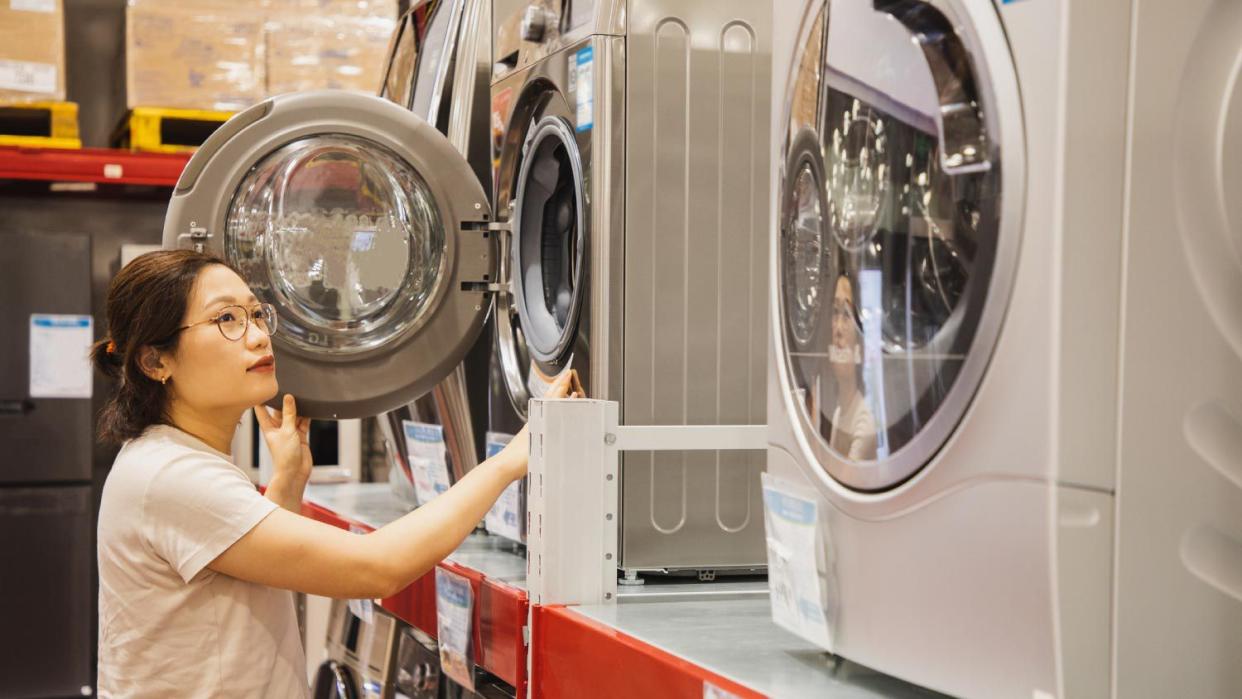
So how much can you expect to spend on a new washer and dryer? A new washer ranges from about $350 to $1,000, but some high-efficiency (HE) models with all the bells and whistles will reach into the $1,000 to $2,000 range. Top-loading agitator washers are the least expensive, partially low-capacity models.
Dryers have similar prices, costing between $400 and $1,000, with modern HE options costing a bit more. Some brands offer a deal for purchasing the two together.
Calculate Energy Costs
Keep in mind that energy and water costs can affect how much the washer and dryer will cost you in the long run. High-efficiency models—models that use less water and dry clothing quicker—make a difference, for example. According to The Department of Energy, Energy Star-certified washers use 25% less energy, and dryers use about 20% less compared to traditional models.
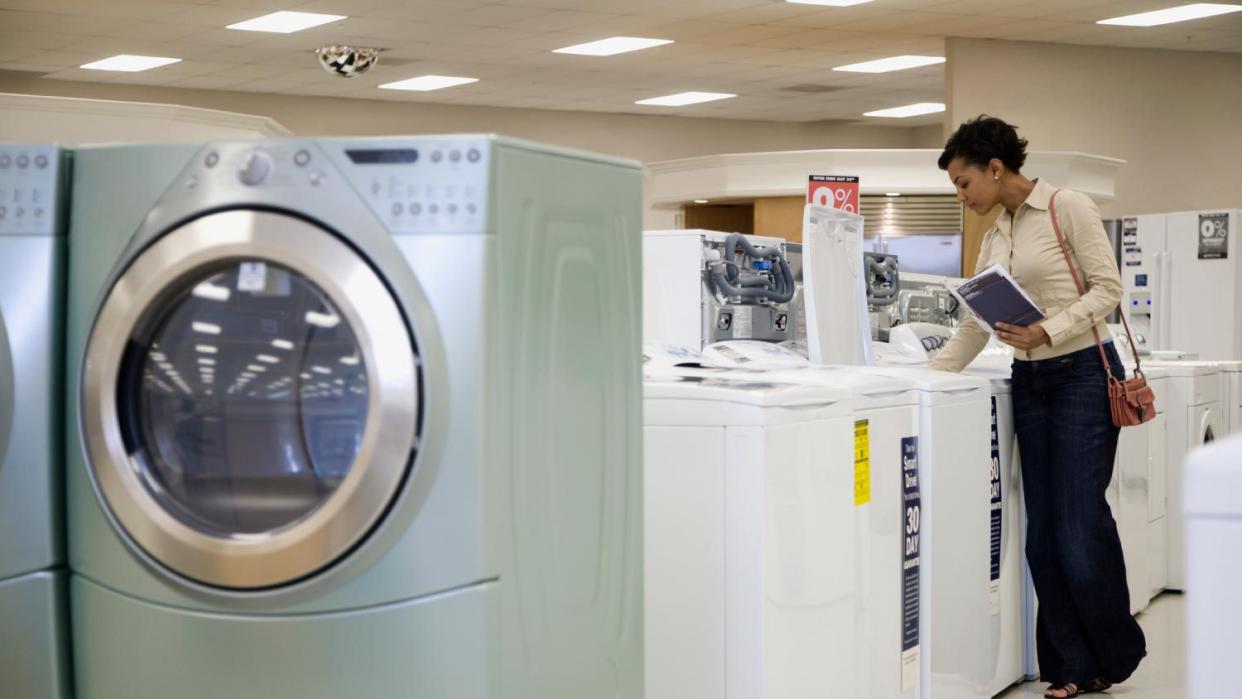
Front-loading washers are the hot commodity on the market; most HE washers and dryers have front-loading setups, for example.
Front-Loaders
Front-loading washers have a reputation for getting a better overall clean, removing more stains, and using less water and energy. Choosing a front-loading dryer is not as crucial, but they are easier to stack with front-loading washers if you’re looking to save space.
Top-Loaders
Top-loading washers and dryers cost a bit less than their front-loading varieties. Top-loaders are a bit of a classic choice, and many washers have an agitating pole in the middle.
Top-loaders are a bit easier to maintain because they are less likely to accumulate mold than front-loading machines. They also have shorter cycle times than front loaders. However, most models use more water and energy to both wash and dry your items, and some agitating models can risk damage to your more delicate items.
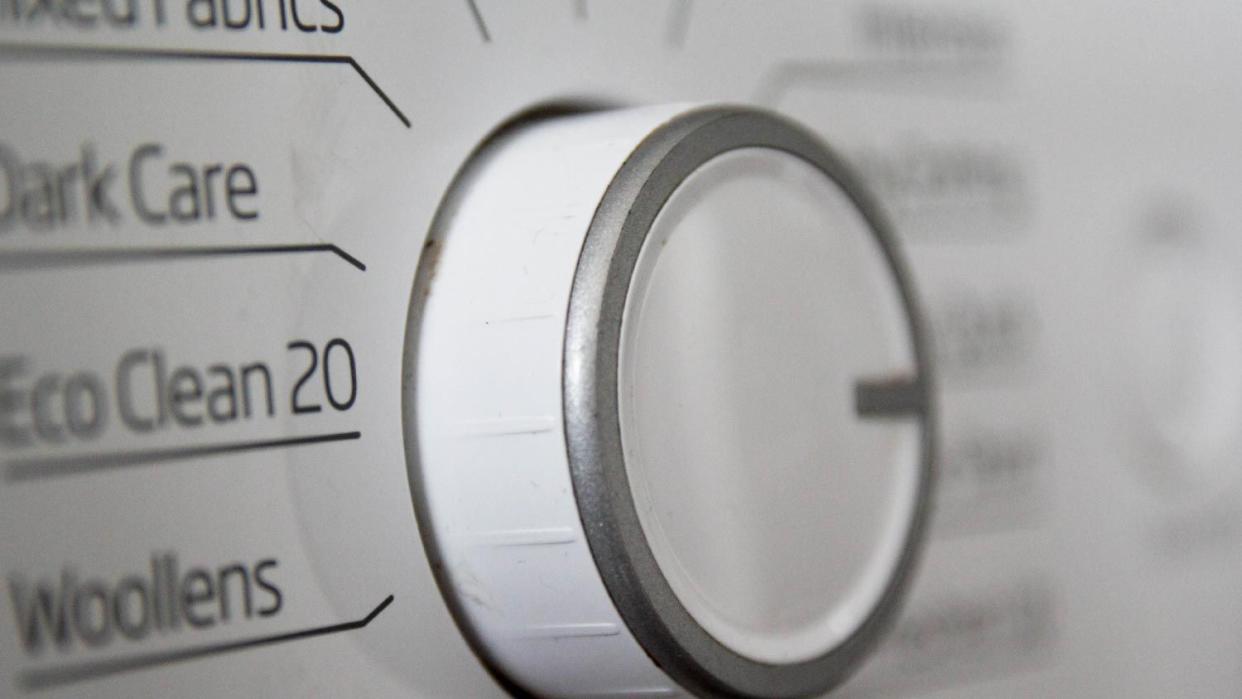
According to HomeAdvisor, the largest benefits of an Energy Star washer and dryer is saving on your utility bills and the smaller impact on the environment. These machines use less water and fossil fuels overall, cutting down on each load's carbon footprint.
High-efficiency washers and dryers can typically handle larger loads and complete cycles in less time, making your day-to-day laundry life a lot easier as well.
However, the upfront costs are still significantly higher than a traditional top-loading agitator with standard efficiency ratings. So, making the right choice for your home may come down to your initial budget.
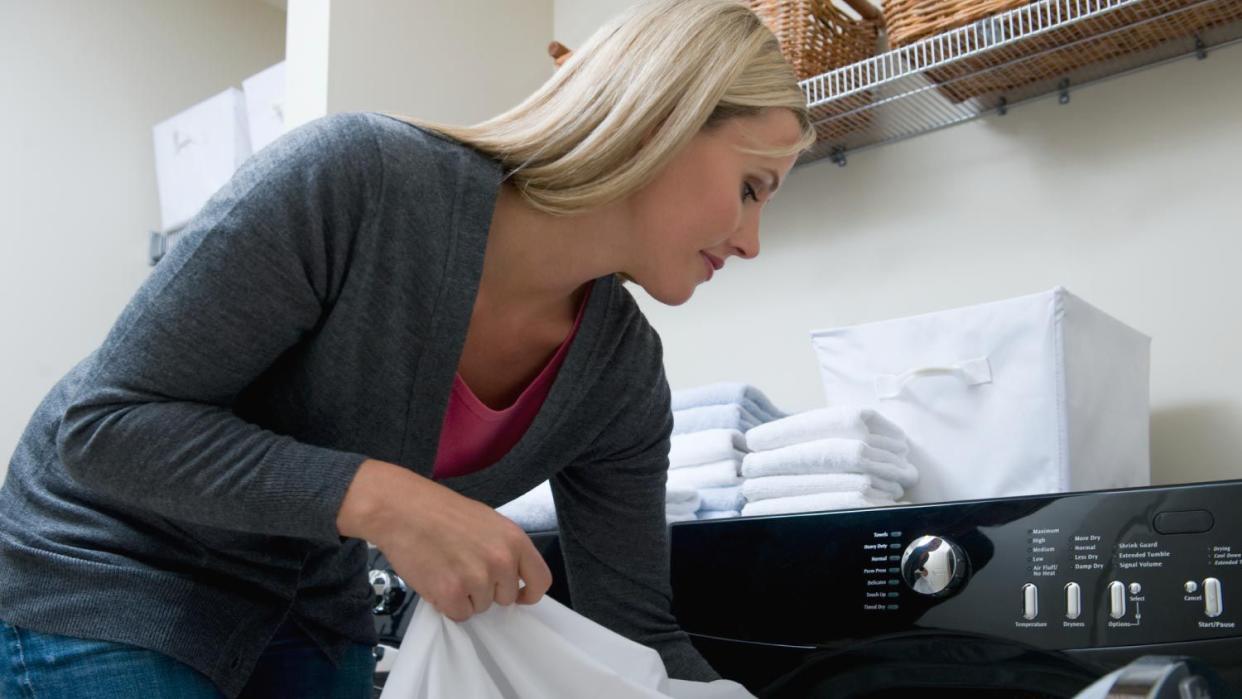
Gas dryers earn the award for faster drying power with less energy. The gas heating system heats up quickly and maintains consistent energy throughout, meaning your clothing dries faster. Gas-powered energy also typically costs less than electric on your utility bill.
On the other hand, you'll need a gas hookup in your home, which can cost an average of $20 per linear foot, so keep this in mind if you don't already have one set up. A gas dryer will also cost about $100 more upfront than an electric model.
So the gas versus electric debate is similar to comparing top and front-loading or standard and HE models: Spend more upfront for lower operations costs.

Modern washers and dryers, particularly the more expensive models, come with a list of bells and whistles to get your shirts wrinkle-free and your blankets extra fluffy.
Washer Special Features
Pre-treating options
Automatic detergent dispensers
Extra rinse cycles
Temperature control
Emergency door for last-minute items
Wifi-connectivity
Load weight sensing
Load-balancing
Dryer Special Features
Wrinkle-free steam dry
Moisture sensors
Extra tumble cycles
Wifi connectivity
Interior lights
Once you pick your ideal model, call in a local appliance installation team to ensure a proper hookup. Many professionals will even manage the tricky process of hauling away your old machine to make sure it's properly disposed of.
